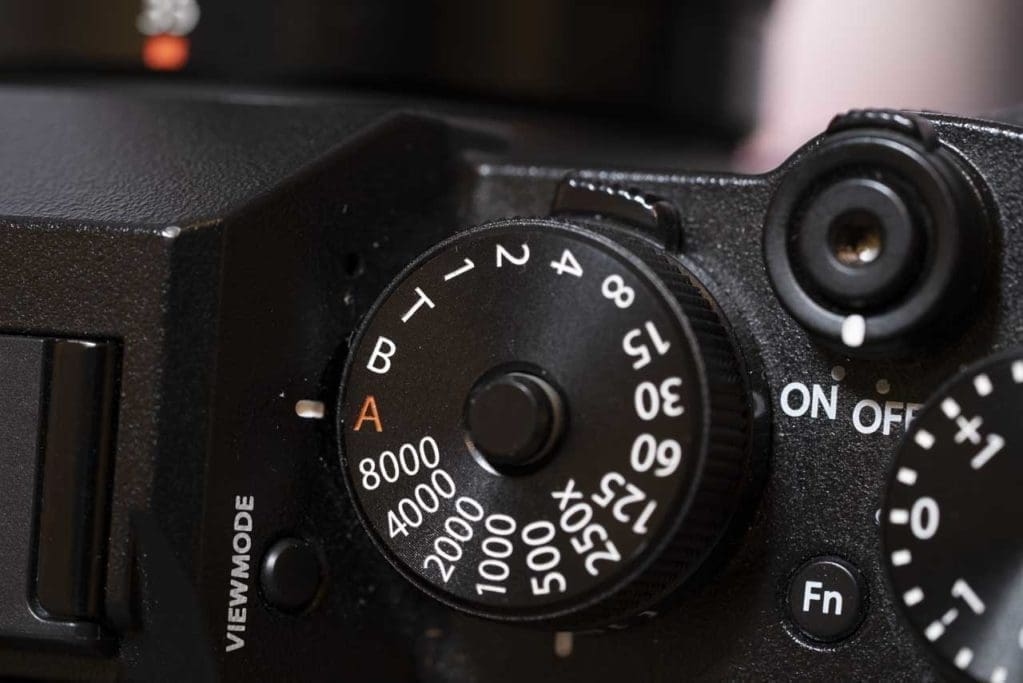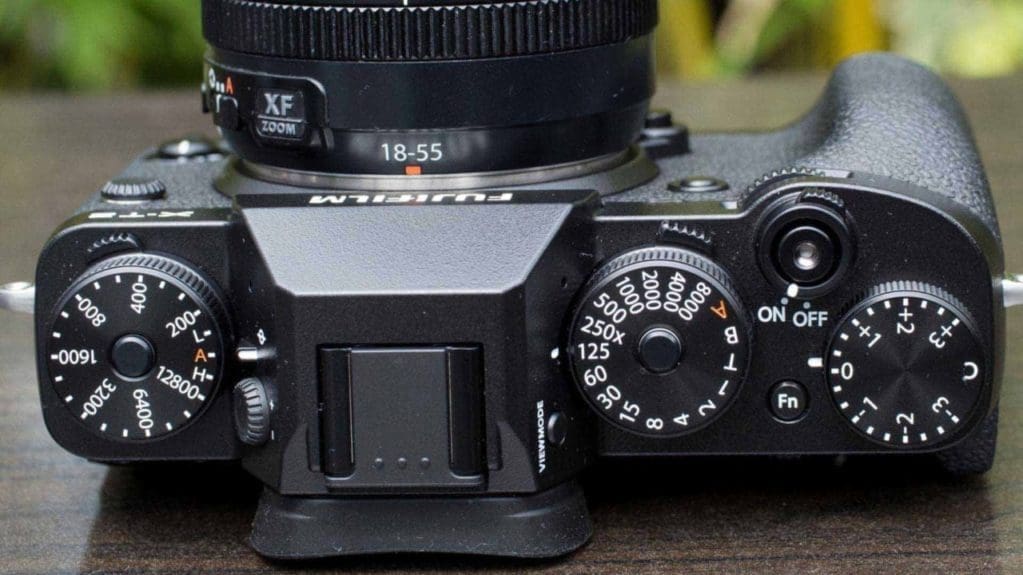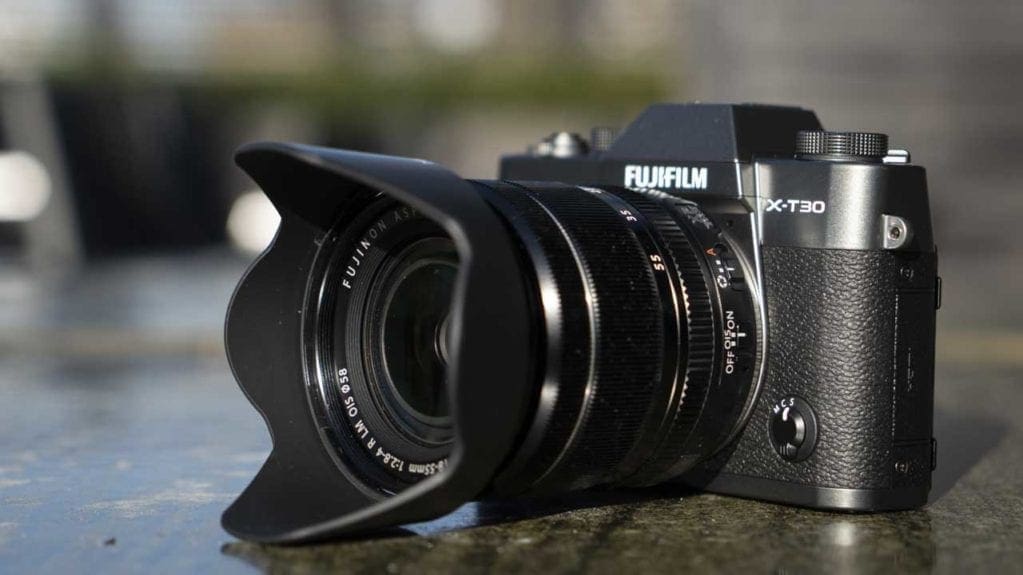Fujfilm’s X-T1, X-T2 and X-T3 mirrorless cameras have traditional exposure controls. These are loved by many enthusiast photographers as they allow you to adjust the settings quickly and easily. But if you’ve always used a camera with a mode dial, it may not be obvious how to set the exposure modes you normally use. Fear not, you can shoot in program, aperture priority, shutter priority and manual exposure mode.
The traditional controls can also be intimidating for novice photographers. But once you understand what they do and how to use them, they can help you get to grips with photography. In fact, some novices find the controls more intuitive.
While the X-T-series is aimed at experienced photographers, the arrival of the X-T3 means that there are more X-T2 and X-T1s available secondhand at attractive prices. So an X-T2 or the older X-T1, could be a good choice of camera if you want to learn more about photography.
So let’s get started.
Exposure Controls
There are three dials on the top-plate of the X-T1, X-T2 and X-T3. Moving from left to right as you hold the camera, these are the sensitivity (ISO) dial, shutter speed dial and exposure compensation dial. The sensitivity (ISO) and shutter speed dials both have ‘A’ settings. When the dial is set to ‘A’ that parameter will be set automatically by the camera.

Aperture is controlled using a ring on the lens. In some cases, this ring has marked aperture values, but in others, it doesn’t. If there are no aperture markings, there is a switch on the side of the lens that lets you swap between the auto and manual setting. In the image below, the lens is set to allow the photographer to adjust the aperture value. The selected value is visible on the camera screen and in the viewfinder.
Flicking the switch to ‘A’ would put the camera in control of aperture.

Program Mode
To set the X-T1, X-T2 or X-T3 to program mode you need to set the aperture ring and the shutter speed dial to ‘A’. This means that the camera will set both the shutter speed and the aperture values for you. If you like, you can also set the sensitivity (ISO) dial to ‘A’ so that the camera is in full control over exposure. Program mode is useful when you’re starting out or you just want to concentrate on composition.


If you find that your images look too bright or too dark, use the exposure compensation dial. Using a positive value brightens the image and using a negative value darkens it.
Aperture priority Mode
In aperture priority mode, you set the aperture but the camera sets the shutter speed. It’s a useful mode for a wide range of shooting scenarios, and its the exposure mode I use most often. It gives you control over depth of field, the amount of the image that’s sharp either side of the focus point.
To set a Fujfilm X-T-series camera to aperture priority mode, set the shutter speed dial to ‘A’, but set an aperture value using the lens ring. In the example below, the aperture is set to f/8, which is a useful mid-range value.
As with program mode, you can set the sensitivity (ISO) dial to ‘A’ or set a fixed value if you want. And if necessary, the exposure of the image can be adjusted with the exposure compensation dial.


- Read more about aperture priority mode: what is Aperture Priority mode and how does it work?
- Fujifilm X-T100 review
Shutter Priority Mode
In shutter priority mode, the camera takes care of aperture while you set the shutter speed. It’s a very useful mode for shooting moving subjects. If you set a fast shutter speed such as 1/500sec or faster, the subject is frozen. If you set a slow shutter speed, say 1/15sec or slower, the moving subject is blurred.
To set an X-T-series camera to shutter priority mode, switch the lens aperture control to ‘A’ for automatic. Then set the shutter speed value you want to use.


The exposure compensation dial and sensitivity (ISO) dial can be used in the same way as in aperture priority and program mode.
Manual Exposure Mode
In manual exposure mode, you take control of both the shutter speed and the aperture value. This means that you set specific values using the aperture control and the shutter speed dial. It’s useful when you want to control the depth of field and how subject movement is captured.



To be in full control of the exposure you also need to set the sensitivity dial to a specific value. However, if the light keeps changing, it can be helpful to set it to ‘A’ and let the camera adjust the value as required.



